When it comes to high-performance cycling, the road bike stands out as the go-to choice for athletes and enthusiasts who seek to achieve peak speed, endurance, and efficiency on the open road. But what makes road bikes so uniquely suited for these demands, and how do they compare to other types of bicycles in terms of design, performance, and versatility?
What Makes a Road Bike Different from Other Types of Bicycles?
Unlike mountain bikes, which are designed for off-road conditions, or hybrid bikes, which blend features of both road and mountain bikes, road bikes are purpose-built for smooth, paved surfaces and high-speed travel. The key distinguishing feature of a road bike is its lightweight frame, typically constructed from materials like carbon fiber, aluminum, or titanium, all of which contribute to a strong, yet lightweight structure. This is essential for riders who aim to achieve fast speeds while maintaining optimal control and efficiency.
A road bike features narrow tires (typically between 23mm to 28mm wide), which help reduce rolling resistance and improve speed. In contrast, mountain bikes have wider tires designed to grip uneven, off-road surfaces, while road bike tires are made to minimize friction on smooth roads. The combination of a slender profile, aerodynamic geometry, and efficient gear systems makes road bikes the ideal choice for competitive racing, long-distance rides, and recreational cycling on paved routes.
How Does the Design of a Road Bike Optimize Performance?
-
Lightweight Frame and Materials
The frame of a road bike is built with an emphasis on weight reduction, without compromising strength or durability. Carbon fiber is the most popular material for high-performance road bikes, thanks to its impressive strength-to-weight ratio. It allows the frame to be both lightweight and rigid, ensuring that the rider’s energy is efficiently transferred to the wheels. For more budget-conscious cyclists, aluminum offers a more affordable alternative, still providing a solid performance but at a slightly heavier weight. Titanium is another option that combines lightweight properties with enhanced durability, though it is less common due to its higher cost. -
Aerodynamic Geometry
Road bikes are engineered with a geometry that allows for optimal aerodynamic performance. The lower handlebar position and sloped top tube help the rider maintain a more aggressive, lean-forward riding posture that reduces air resistance. This is especially important for cyclists looking to achieve high speeds in time trials or road races. The more aerodynamic the bike, the less energy is wasted pushing against air resistance, allowing the rider to go faster with less effort. -
Efficient Gearing System
A key feature of a road bike is its gearing system, which typically consists of multiple chainrings in the front and several cogs in the rear. This gives cyclists a wide range of gears to choose from, allowing them to adapt to different terrain and riding conditions. For example, when climbing hills, a road bike can be switched to a lower gear for easier pedaling, while on flat roads or downhill sections, higher gears can be used for faster speeds. The gear shifting on road bikes is designed for smoothness and precision, ensuring that riders can quickly and easily adjust their cadence to maintain optimal power output. -
Narrow Tires and High Pressure
Road bike tires are typically narrower and inflated to a higher pressure compared to mountain bikes. This allows them to roll more efficiently over smooth surfaces, with less resistance. The combination of high-pressure tires and lightweight frames helps road bikes achieve impressive speeds, which is one of the main reasons they are preferred for long-distance rides and competitive events. Additionally, the tires’ narrow profile contributes to the bike’s overall aerodynamics, reducing drag and improving overall efficiency.
What Are the Advantages of Riding a Road Bike?
-
Speed and Efficiency
The most significant advantage of road bikes is their speed. Thanks to their lightweight construction, narrow tires, and aerodynamic design, road bikes are the fastest type of bike on paved surfaces. This makes them ideal for cyclists who prioritize speed in races, competitive events, or just seeking to cover longer distances in a shorter amount of time. Road bikes are designed to be efficient, enabling cyclists to pedal with less effort and go farther in less time, making them a top choice for both competitive riders and recreational cyclists. -
Long-Distance Comfort and Endurance
Road bikes are engineered with endurance in mind. Despite their lightweight and fast profile, many modern road bikes are designed to be comfortable for long rides, with features such as ergonomically shaped handlebars, padded saddles, and shock-absorbing components. For endurance riders who participate in events like century rides or multi-day cycling tours, a road bike offers the comfort and performance necessary for hours of continuous riding. -
Versatility in Riding Conditions
While road bikes excel on smooth, paved roads, they can also handle light gravel paths and bike trails with the right tire selection. Some road bikes are even designed with clearance for wider tires, allowing cyclists to switch to more durable tires for occasional off-road adventures. Although they are not as capable as mountain bikes on rugged terrain, certain road bikes can handle diverse conditions, making them a good option for cyclists who enjoy a variety of riding experiences. -
Minimal Maintenance
Due to their simplicity and efficiency, road bikes generally require less maintenance compared to other types of bikes. Their smooth tires and lightweight design result in fewer wear-and-tear issues, and their components are designed for ease of maintenance and adjustment. With regular cleaning, tire checks, and chain lubrication, a road bike can provide years of dependable performance.
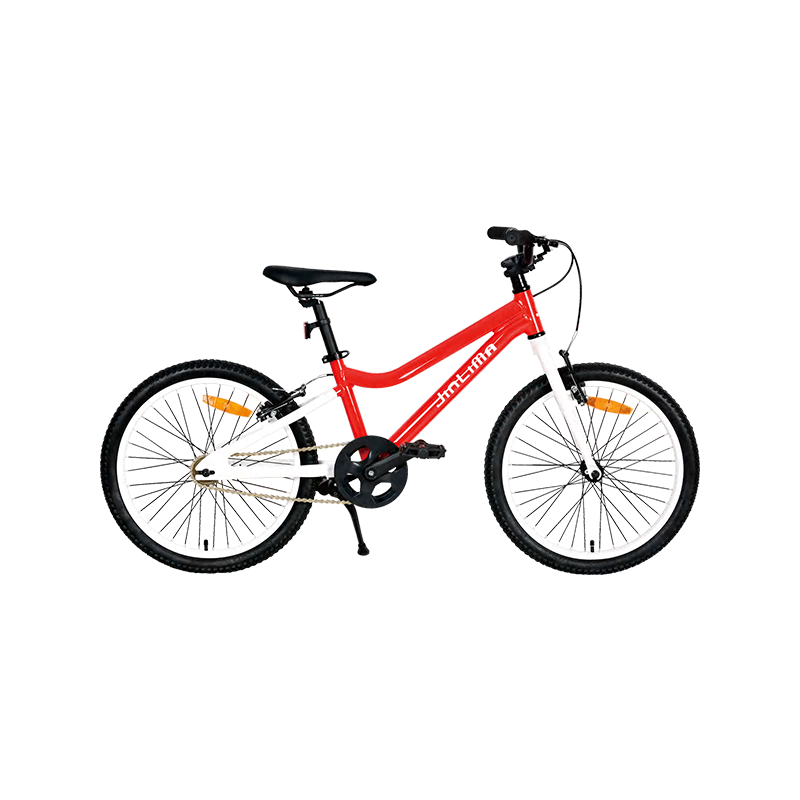
How Do You Choose the Right Road Bike?
When choosing a road bike, several factors should be considered to ensure the best fit and performance for your needs:
-
Fit and Comfort
Proper fit is crucial when selecting a road bike. A bike that fits well will prevent discomfort, injuries, and inefficiencies during long rides. Factors such as frame size, handlebar width, and saddle height should be adjusted to suit the rider’s body. Many bike shops offer fitting services to ensure that the bike is properly tailored to your size and riding style. -
Riding Style
Consider your specific needs when choosing a road bike. Are you looking for a race-ready bike for speed and aerodynamics, or a more relaxed endurance bike designed for comfort and long-distance riding? Road bikes come in a variety of configurations, from lightweight racing machines to comfort-oriented bikes with features like wider tires and relaxed geometries. -
Budget
Road bikes come in a wide range of price points. Entry-level bikes are often made from aluminum, with standard components, offering a great balance of performance and value. Mid-range bikes may include more advanced features such as carbon fiber frames, improved components, and lighter weights. High-end racing bikes can be made from premium materials and have cutting-edge components, but they come with a premium price tag. -
Purpose and Performance
If you plan to use your road bike for competitive racing or high-performance rides, investing in a high-quality frame, aerodynamic design, and precise gearing systems will improve your speed and efficiency. For casual riders, a comfort-oriented road bike with a more relaxed geometry and features like shock-absorbing components might be the ideal choice.


 0
0


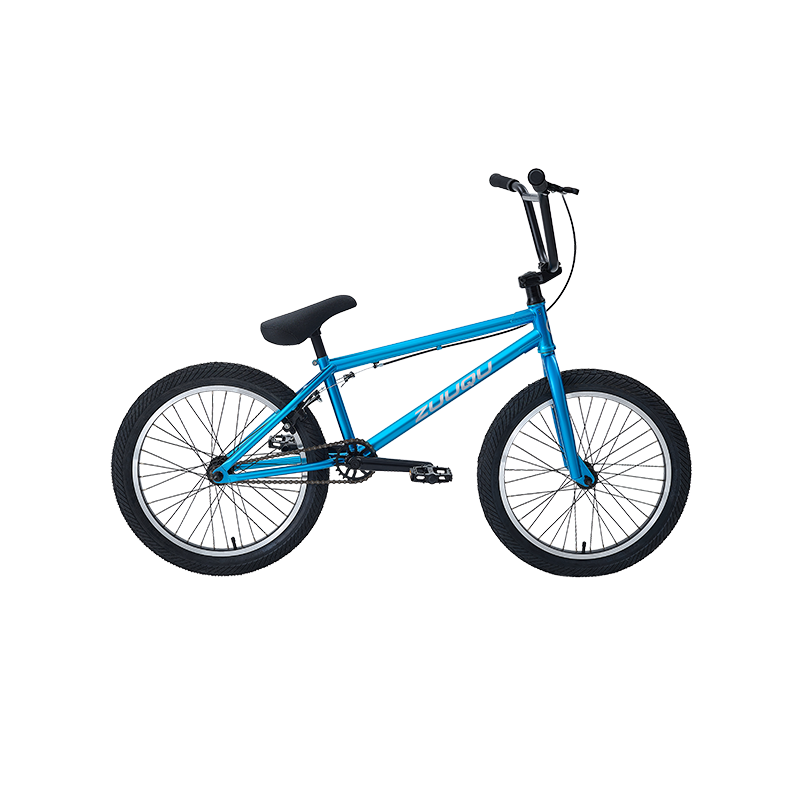

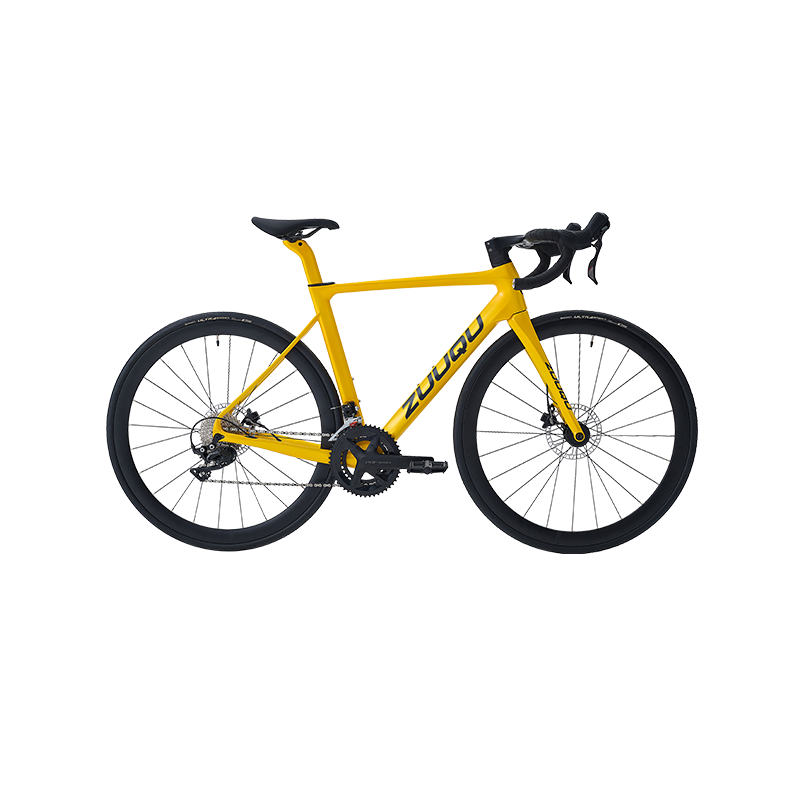
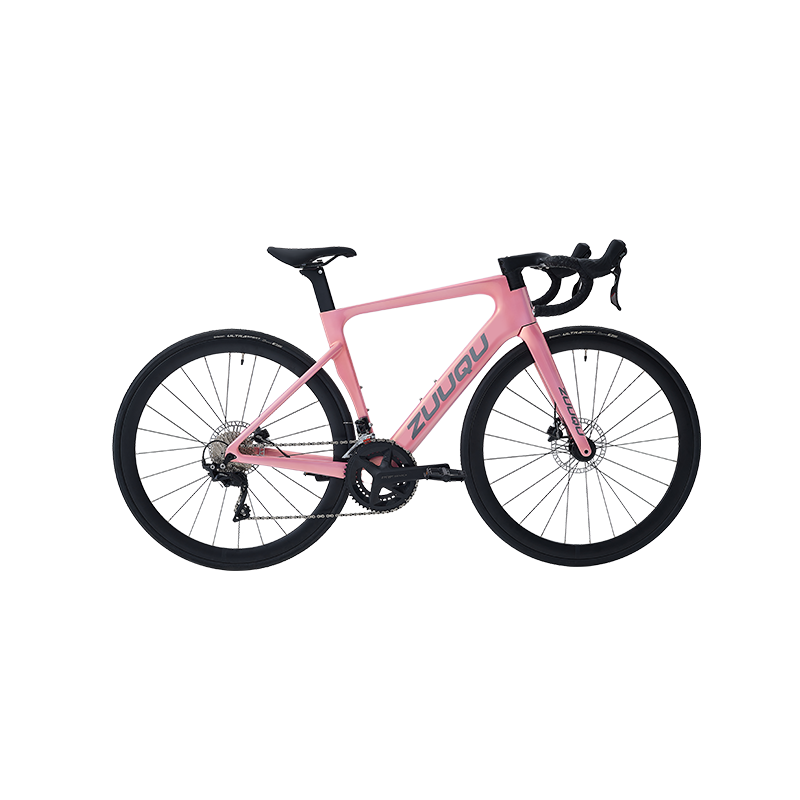
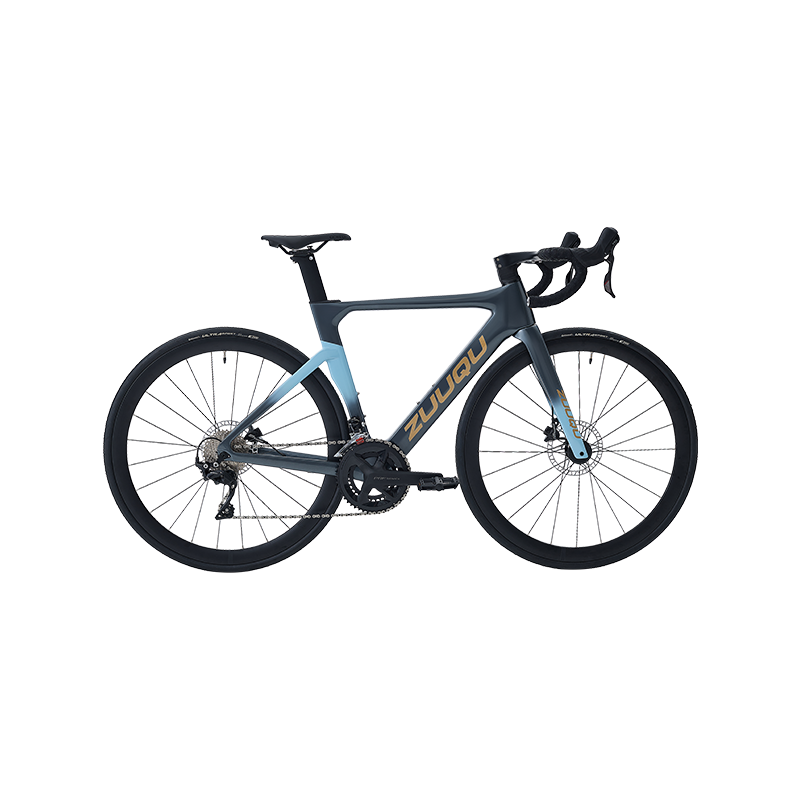
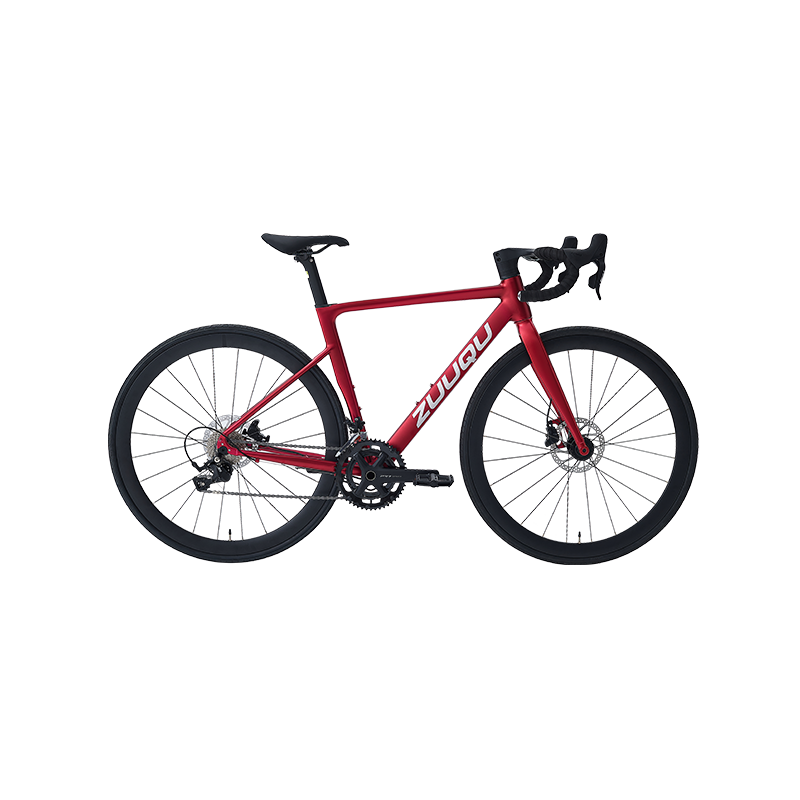
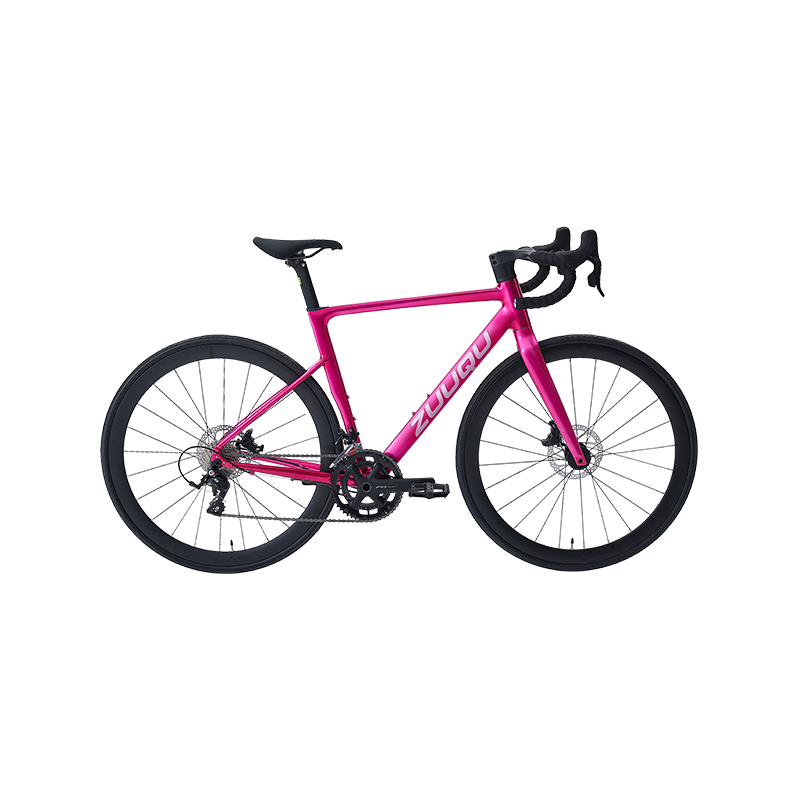

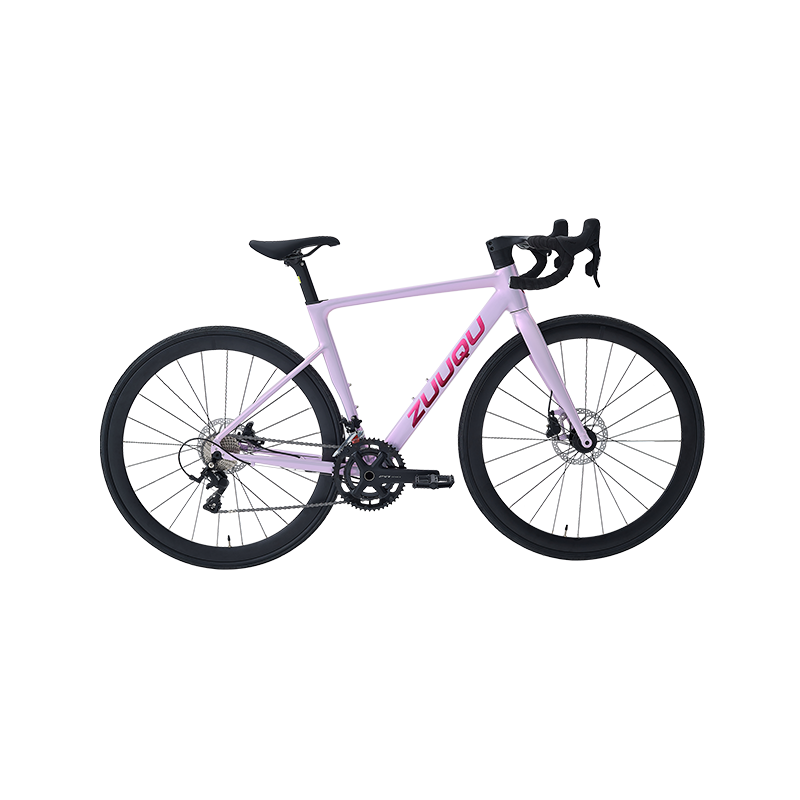
 Linhang industry park, Zhuji,
Linhang industry park, Zhuji,  +86-18858280688
+86-18858280688
